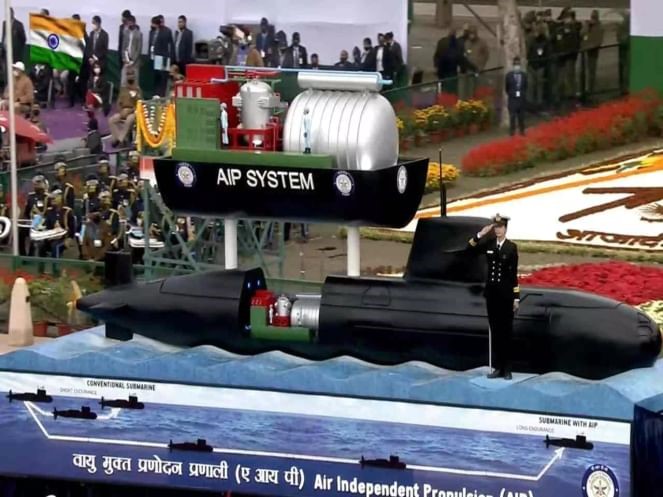Free Courses Sale ends Soon, Get It Now


Free Courses Sale ends Soon, Get It Now



Disclaimer: Copyright infringement not intended.
Context: DRDO’s Fuel Cell-based Air Independent Propulsion system to soon be fitted onboard INS Kalvari, significantly enhancing its submerged endurance.
Details:
Need:
About:
.jpeg)
https://pib.gov.in/PressReleasePage.aspx?PRID=1893096
© 2024 iasgyan. All right reserved